I remember the first time I learned about the Nikon FE2; it was one of the early episodes of the Film Photography Podcast, I can’t remember which episode it was initially, but I do remember talking to him about the camera when I met up with him at one of the FPP recording sessions back in 2011. The camera didn’t particularly interest me; I still had my Nikon F3. But the camera stuck in my head. And even though I have an FE, the FE2 is an excellent addition to the stable as it is a newer camera, has a faster shutter, and the viewfinder is one of the brightest in my entire kit.

Camera Specifications
Make: Nikon
Model: FE2
Type: Single Lens Reflex
Format: 135 (35mm), 36x24mm
Lens: Interchangable, Nikon F-Mount
Shutter: Electronic Titanium vertical-travel focal plane shutter, 8″ – 1/4000″ + Bulb
Meter: TTL Centre-Weighted, 2x Silicon Photo Diode sensors, EV1 ~ EV18 @ ASA-100, ASA-12 – ASA-4000
Year of Manufacture: 1983-1997, Sold until 2001
Background
Nikon, from the start, had been known for their mechanical offerings. The game-changing Nikon F introduced the idea of a system camera to the SLR and professional photographer market in 1959. The F, despite its flaws, proved a commercial success and the follow-up Nikon F2 in 1971 proved equally successful. But Nikon also produced an equally successful consumer line of cameras, the Nikkormat line. First released in 1965, the Nikkormat FT, FTn and FT2 were heavy-duty mechanical cameras that could use the same lenses as their professional cameras and included a built-in light meter system. But in 1972, Olympus decided to change the game and introduced the Olympus OM-1. The OM system took the idea of an SLR but downsized it, creating a compact but full-featured SLR. Plus, the rise of electronics and semi-automatic exposure control is coming out of Canon and Minolta. Nikon’s answer was the Nikkormat EL. Released in 1972, the EL took advantage of the Copal Square shutter allowing for both manual and aperture priority exposure metering. Nikon released an updated version, the EL2, which could accept the new AI lenses and replaced the CdS cells with Silicon Blue Cells for metering. The Nikkormat EL2 and partner Nikkormat FT3 were short-lived as Nikon decided to create a more unified look to their cameras. Taking a new smaller chassis size, and dropping the Nikkormat name, the FT3 became the Nikon FM and the EL2 became the FE, released in 1977 and 1978 respectively. And while the new lineup of cameras was successful in the market, the research team at Nikon were already looking toward the future. Canon’s A-1 introduced the idea of an electronic program mode and the Olympus OM-4 with an early form of matrix metering. And there was also the matter of producing a faster top shutter speed. In 1982 Nikon released their new FM2, which featured a shutter with a top speed of 1/4000″ through the use of titanium for the shutter curtain. The Matrix meter, a system that used twenty-four SPD cells fed into a single chip, or Automatic multi-program Chip (AMP), combines that with the new faster shutter that was supposed to be the FE2. Instead, that went into the Nikon FA and the FE2 came out in 1983 with the same semi-automatic exposure as before but with the faster shutter. The Nikon FE2 proved a capable camera with new interchangeable focusing screens and a bright viewfinder; Simultaneously, it retained the same match-needle readout; some LEDs in the viewfinder indicated any EV adjustment. Nikon produced only two versions of the FE2, a chrome and a black version, and no special editions or variants were released. Production of the FE2 lasted until 1987 but continued to sell until 2001. The compact style saw a revival with 2006’s Nikon FM3a and the influence is seen with the Nikon Df.

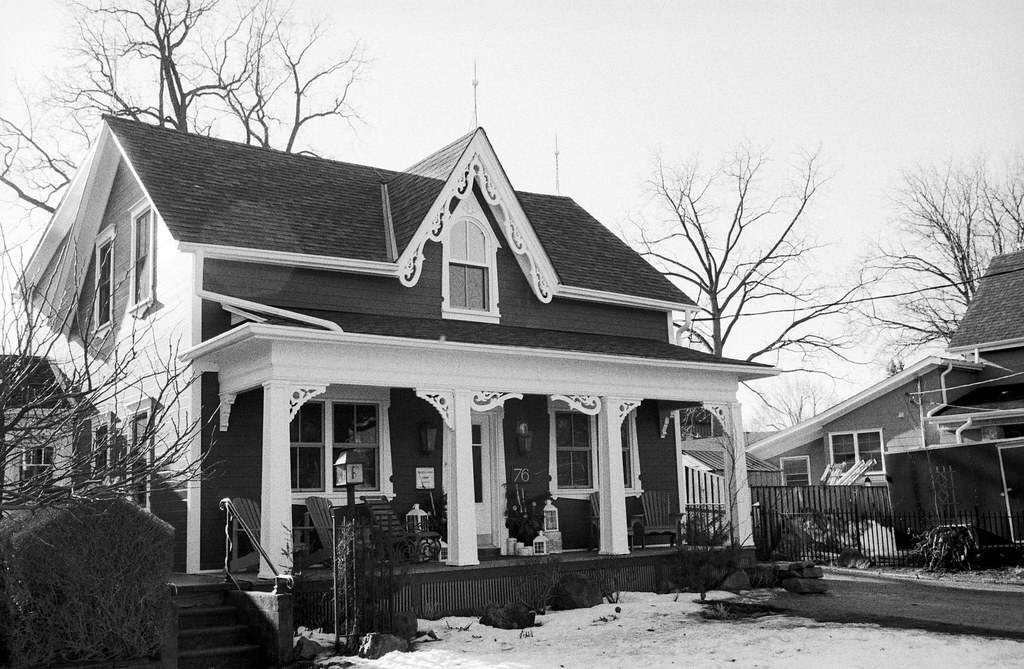


Impressions
If you’re familiar with any of the compact series of Nikon SLRs, then the FE2 will be a familiar sight. These are classic and iconic cameras and probably some of the most handsome Nikon’s in its simplicity. Probably the most significant and most visible change is the inclusion of the camera model on the front of the camera. While the FE was a small engraving on the camera’s rear, the FE2 shouts it loud and proud in the typical block Nikon font that carries on to this day on some models. Most FE to the FE2 is internal, with some external differences. One of the first things you’ll notice about the FE2 is that there’s no more battery check leaver and light. The second is that the film speed dial has been improved; no more tiny hard-to-press buttons are needed to release the lock. Instead, you have the traditional lift and turn interface. The small button is still there, but it’s far easier to push and control the EV compensation, with settings for +/- two stops in 1/3 stops. The shutter release is also enlarged and is surrounded by a metal collar. Beyond that, all the other controls are the same as the original FE. Internally the camera is entirely different with improved metering, a faster shutter with a top speed of 1/4000″ and a shutter sync speed of 1/250″, which also acts as the mechanical backup for the FE2. The FE2 will also accept the MD11 and MD12 motor drives, and the hot shoe will accept proprietary Nikon flashes for TTL metering.
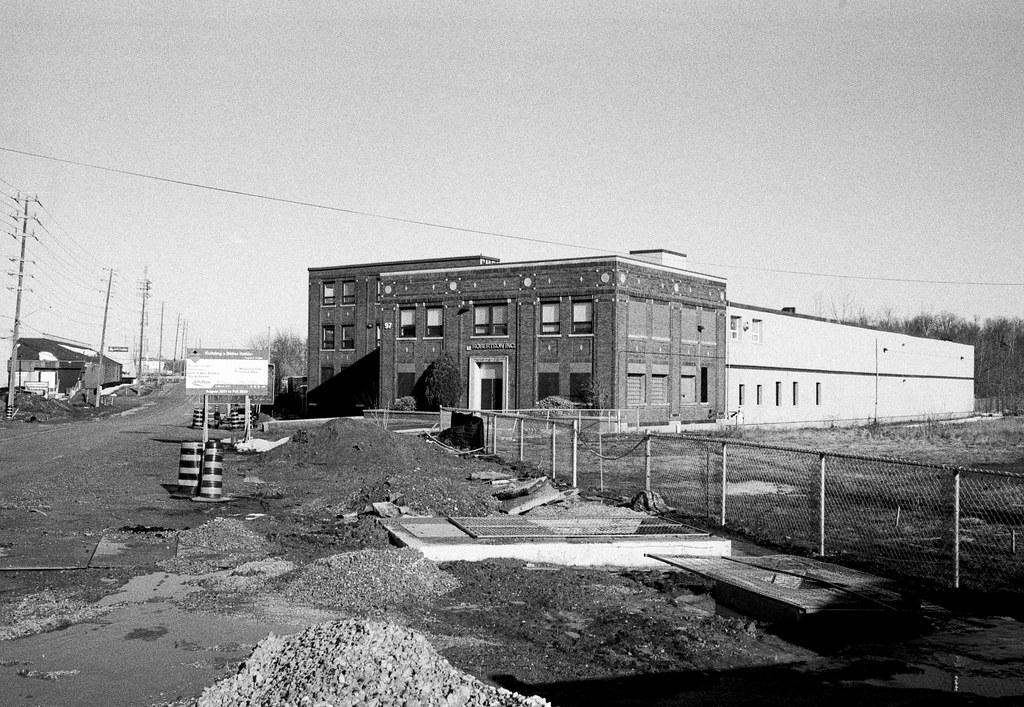



Experiences
If you’ve worked with Nikon’s previous compact SLR offerings, then the FE2 will be a familiar camera. There’s no learning curve with these cameras; you can immediately pick one up and know what to do. The big bright viewfinder is probably the most significant improvement over the FE is the big bright viewfinder; I would probably say it’s close to 100% coverage and on the same level of brightness as my Minolta Maxxum 9. Even with the grid focusing screen, the FE2 is easy to focus on in almost any lighting condition. I find it interesting that they stuck with a standard needle-style display for the metering, although the EV adjustment is displayed by LED. Film loading is quick and easy, and having that nice short throw on the film advance helps if you need to shoot fast but don’t want to have that MD-12 installed. Once you’re in the field, the camera becomes an extension of your hands. It almost becomes transparent, allowing you to focus on image creation. While it is aperture priority metering, I usually find I set the aperture and then have fun; the viewfinder makes things easy with everything I need visible. And then, as Nikon said with the Df, nothing but pure photography. I’m not too fond of anything about the FE2, no quirks or oddities. Honestly, it’s probably the closest thing I’ve come across to a perfect camera. Rewinding is quickly done once the film is done, and mounting the lens requires no special dance.


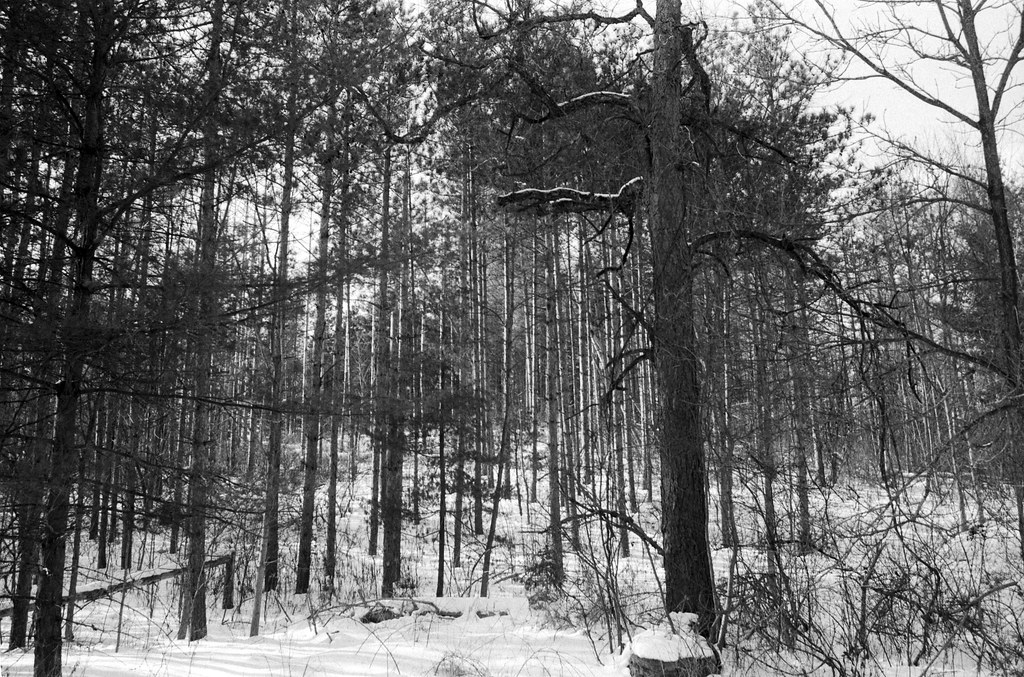
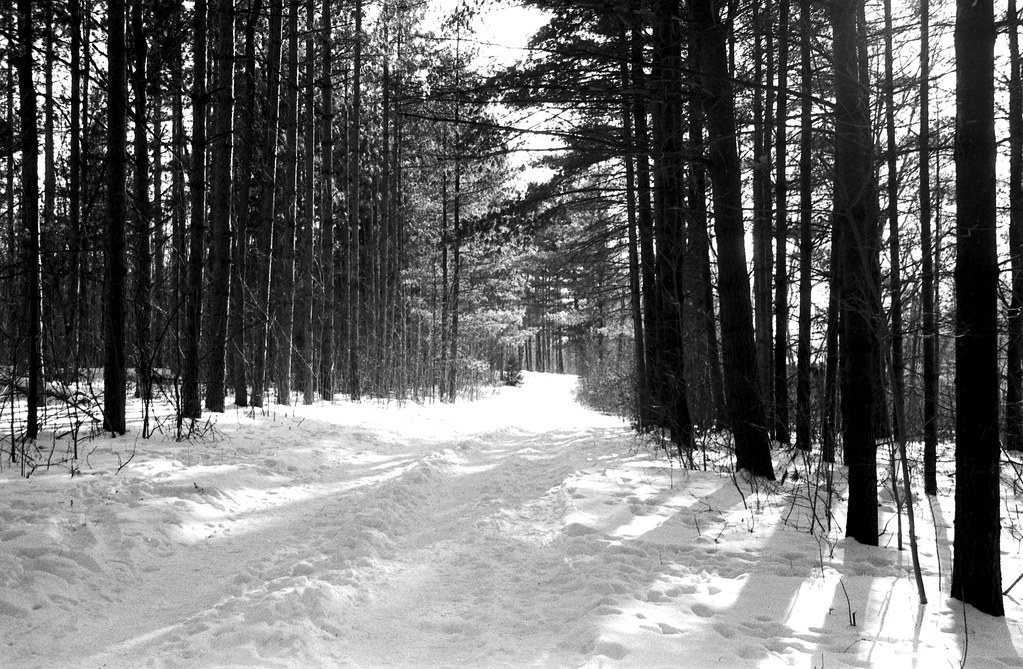
Optics
Like any manual focus Nikon camera, the available optics are near legendary. The best options for the FE2 are any AI or AI-S lens in manual focus; these will pair perfectly with your FE2. In a pinch, any AF Type-D lenses, those with the aperture ring, will also work perfectly on your FE2, although focusing might be tricky. Depending on the focusing screen on your camera, you will want a lens that has decent resistance to your focusing ring. The focusing rings are a bit too loose for a focusing screen without a split prism on the autofocus lenses. And with the camera’s size, a longer lens without a motor drive may throw off the balance of the camera. One thing to note is that Nikon dropped compatibility with pre-AI lenses between the FE and the FE2; your follower lug is fixed and can’t be flipped up. Mounting your pre-AI lenses could cause damage to your camera. If you’re starting your manual focus AI/AI-S lens kit for an FE2, a good starter kit includes a Nikkor 28mm f/3.5, Nikkor 50mm f/1.8 (Pancake), and Nikkor 105mm f/2.5. If you want to expand your equipment, maybe the Nikkor 24mm f/2.8, Nikkor 35mm f/2.8, and Nikkor 200mm f/4 will expand your capabilities.
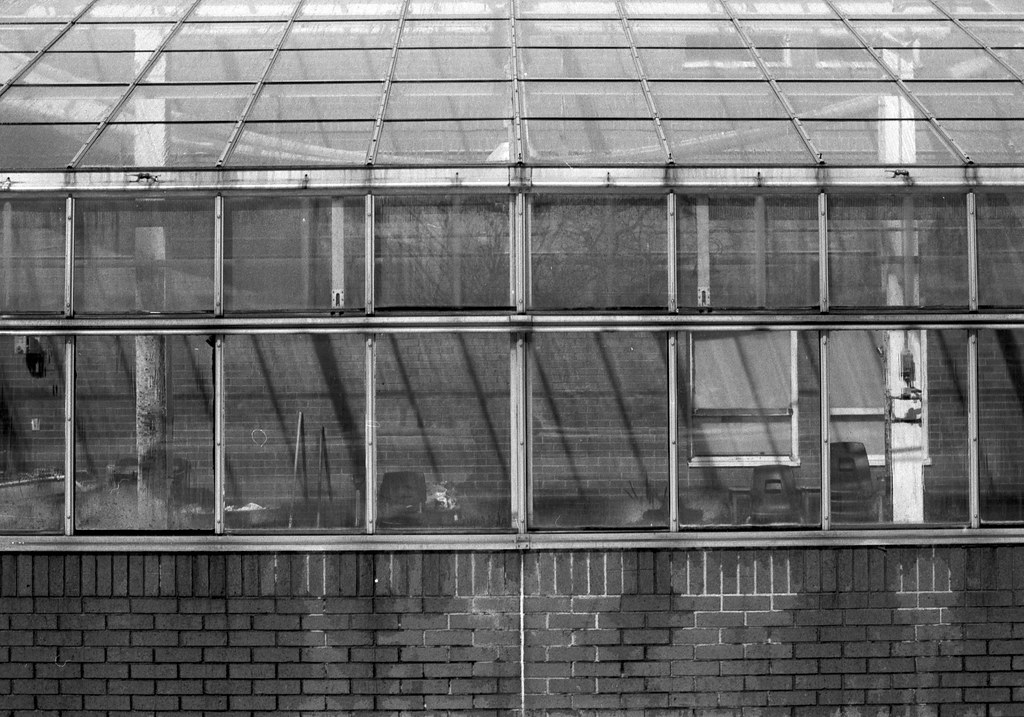


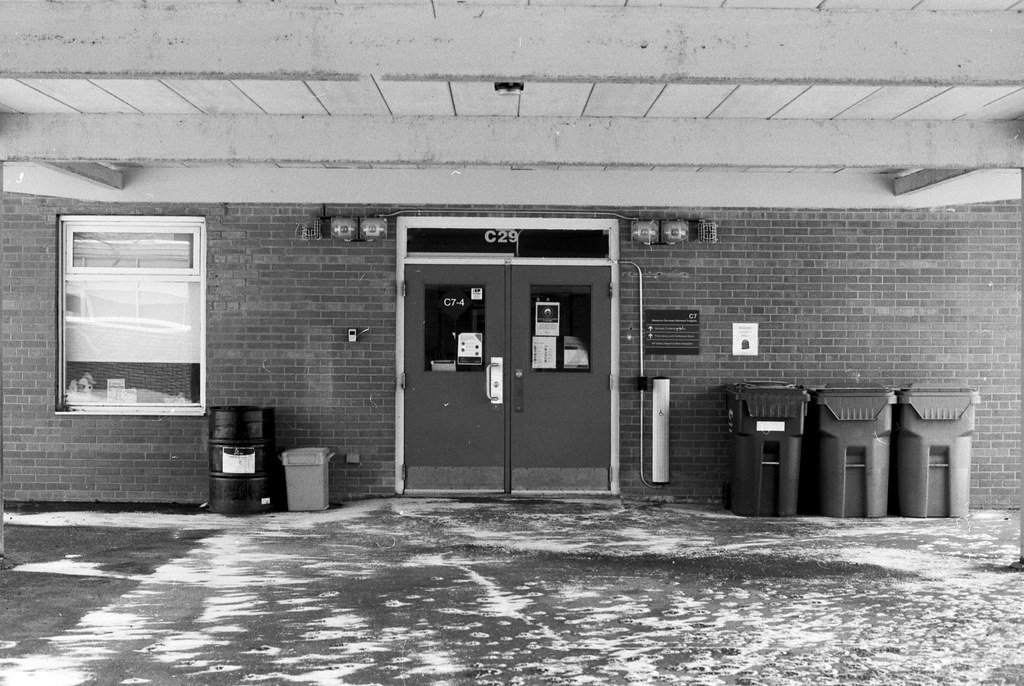
Lowdown
Yes, it is easier and cheaper to purchase an original FE but hear me out. The FE2 is a newer camera that fixed and improved the original FE in several ways. And while you will be paying more for an FE2, they are certainly a more affordable option than the FM2(n) or FM3a and deliver the same level of accuracy in exposure and optical qualities. Overall the FE2 is a capable camera for anyone looking for a good aperture priority camera, maybe as a second body to an F3? Battery-wise, the FE2 uses the same LR44 and, despite driving both the metering system and shutter, last for a long time. And the FE2 can still be repaired by a knowledgeable repair person making it even better to purchase. On the used market, the FE2 runs from between 250$ to 350$. However, some are going for under 200$ and others for over 500$ making it surprisingly affordable compared to its mechanical cousin. Will I be getting rid of my FE? Probably not; I can always keep it as a backup to the FE2. Alternatively, it can be turned into a Presspan. But I can see the FE2 becoming a common camera in my reviews and personal photography.
Further Reading
Don’t just take my word on the FE2, you can check out the reviews by other excellent camera reviewers!
Emulsive – Camera Review: The Nikon FE2
Casual Photophile – Nikon FE2: (Almost) My Favourite Nikon SLR
Ken Rockwell – Nikon FE2 Review
5050 Travelog – Nikon FE2 Review
Filtergrade – The Nikon FE2 Review
CameraGX – The Nikon FE2: one of the very best manual focus SLRs ever
